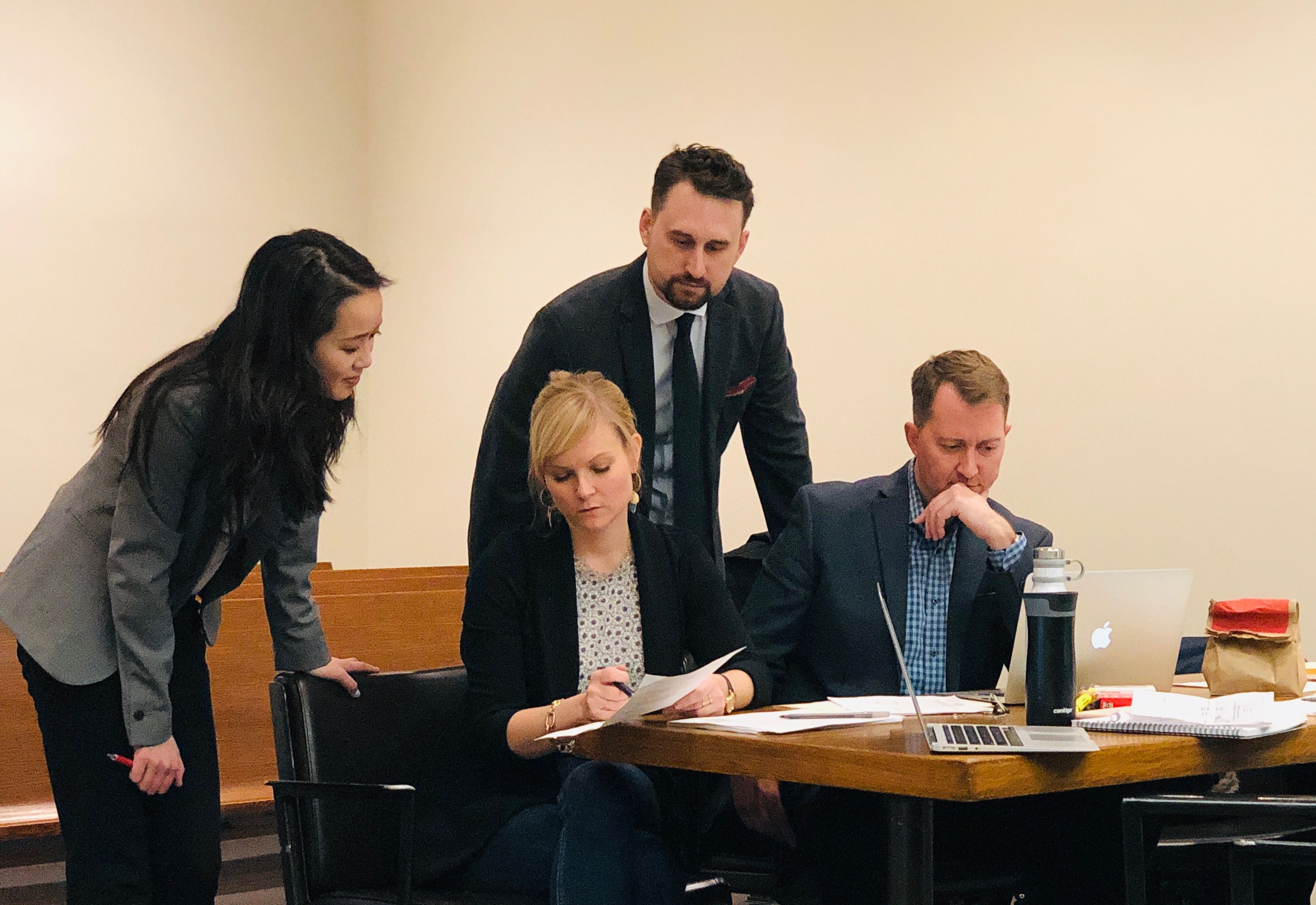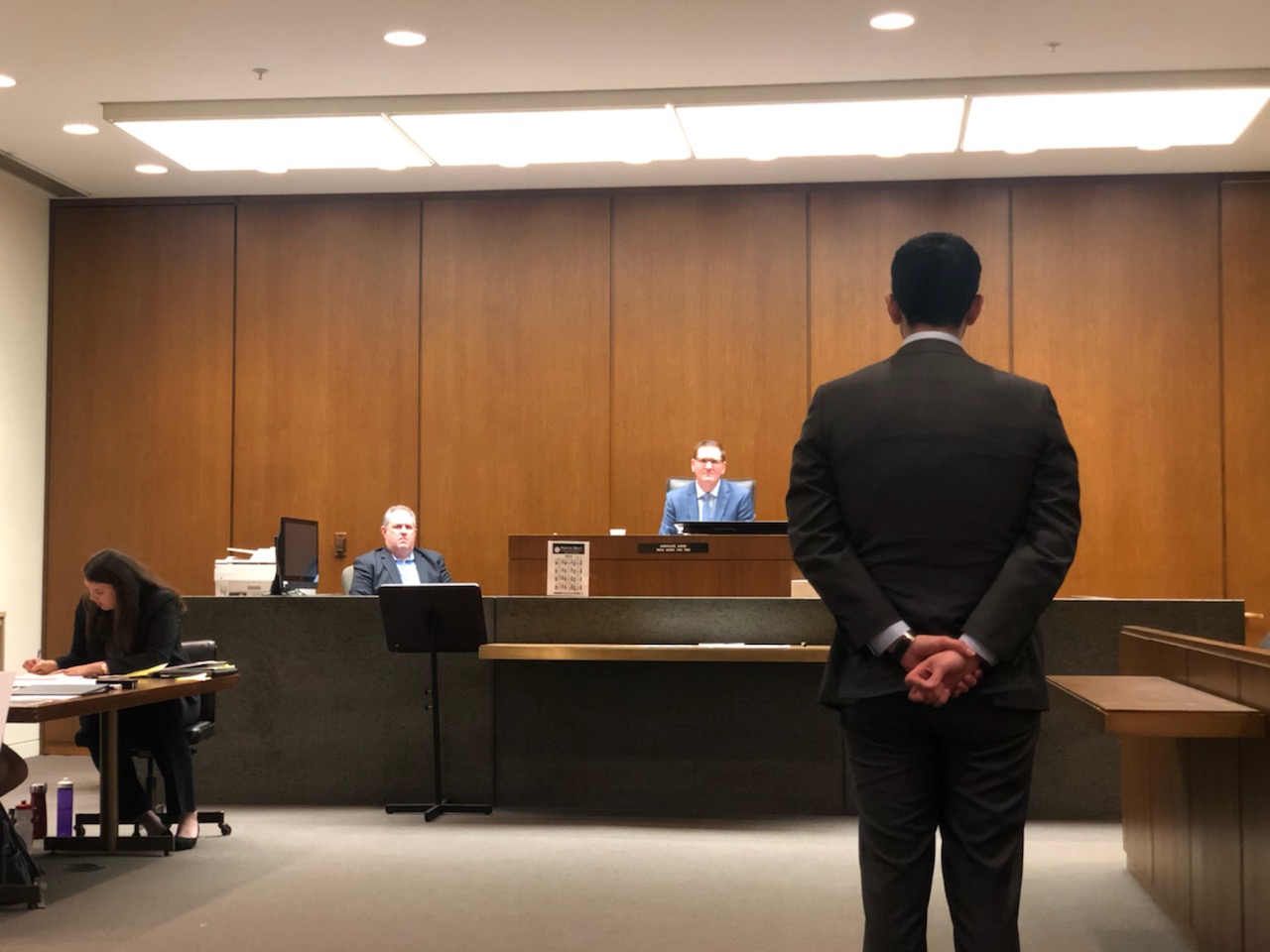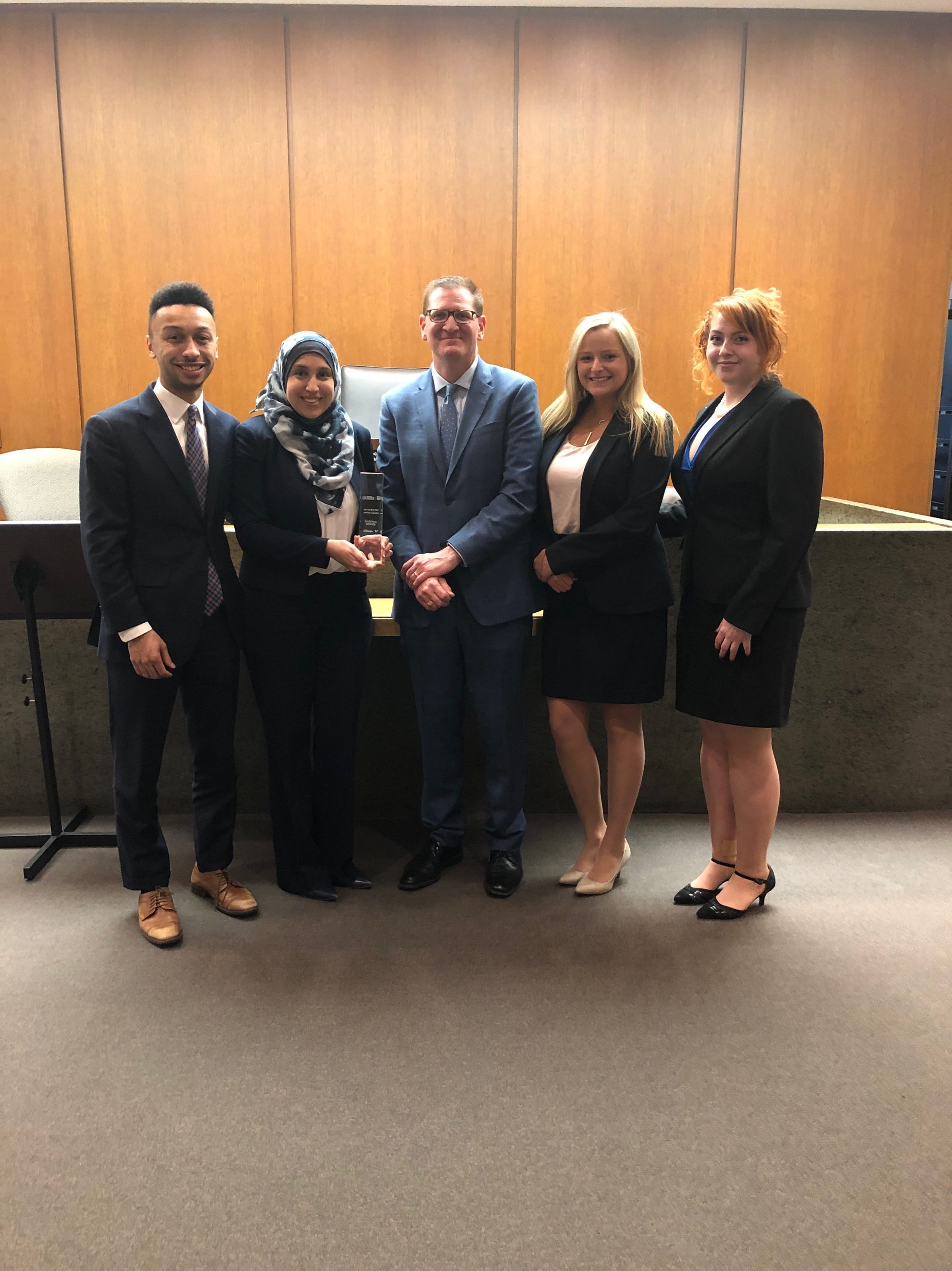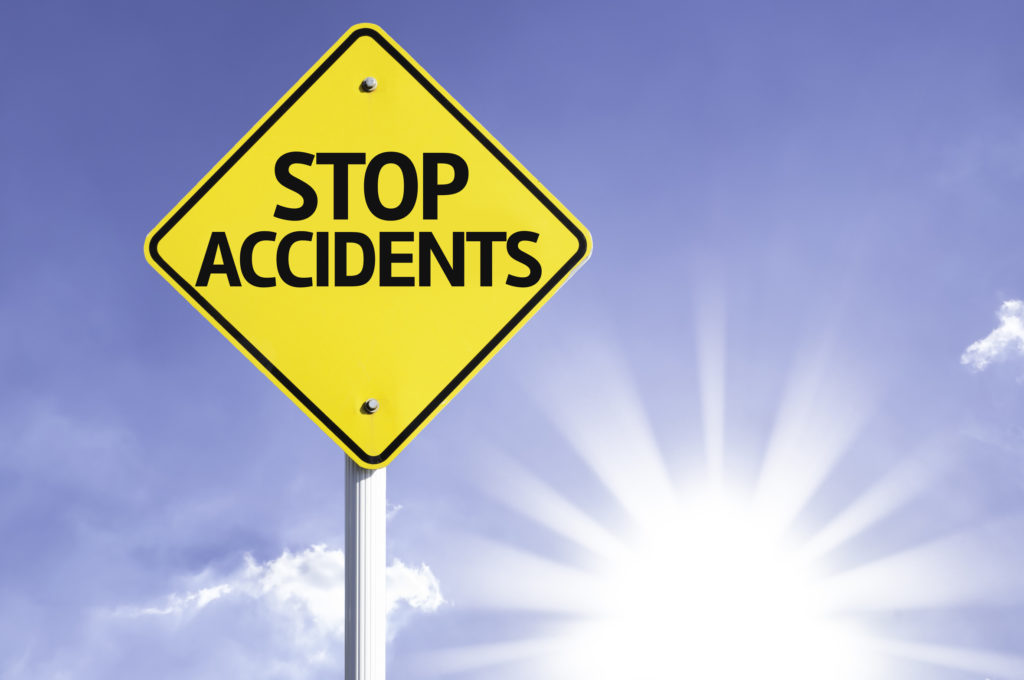Congratulations to Chicago’s newly elected mayor, Lori Lightfoot! Chicago has just experienced one of the city’s most historical mayoral elections. Lori Lightfoot is Chicago’s first African-American, openly gay woman elected as mayor. As Lightfoot prepares to take office and start her term, during which she promises to address many issues such as poverty, the city’s budget, and crime in Chicago, another task she might want to look into is that of selecting a chief mobility officer. Here at Levinson and Stefani, as personal injury lawyers, we are always deeply invested in issues that directly affect our clients and their families.
As mentioned in a previous post, one topic many Chicagoans are interested in is the best way to get around the city. We all know that traffic in Chicagoland can be more than a challenge despite our famed public transit that is wide-reaching, convenient, and affordable. Now that Lightfoot has been elected, we look forward to what she envisions for the future, including her thoughts on the best path for Chicago transportation.
Mayor Rahm Emanuel started a transportation and mobility task force back in September to help regulate and manage modes of transportation as more are introduced to the city. During this time, the task force has come up with many recommendations that cover multiple transportation concerns, including safety, accessibility, the environment, and a surge in ride-sharing usage over public transit that has created significant congestion.
As part of these recommendations, Mayor Emanuel’s task force proposed the city start a pilot program for electric scooters this year. An option quickly growing in popularity nationwide, Chicago has been hesitant to allow electric scooters as a viable mode of transportation due to concerns regarding its safety and functionality. (Read about electric scooters here.) The task force suggests scooter speeds be limited to a maximum of 15 mph to try and prevent the crashes and injuries that have occurred in other cities. The task force also lays out guidelines for the best way to manage where riders place these scooters once they’re done to avoid cluttering sidewalks, a safety hazard that has plagued many cities. If Lightfoot appoints a chief mobility officer, the introduction of electric scooters as a mode of transportation could become an option for the city sooner than expected.

The chief mobility officer could also help to further regulate ride-sharing, which has quickly become one of the most popular choices for travelling through the city. Chicago has seen an increase in traffic due to how many residents opt for ride-sharing over other options such as CTA buses and trains. With a chief mobility officer, this is another issue that could be solved at an expedited rate along with many others.





